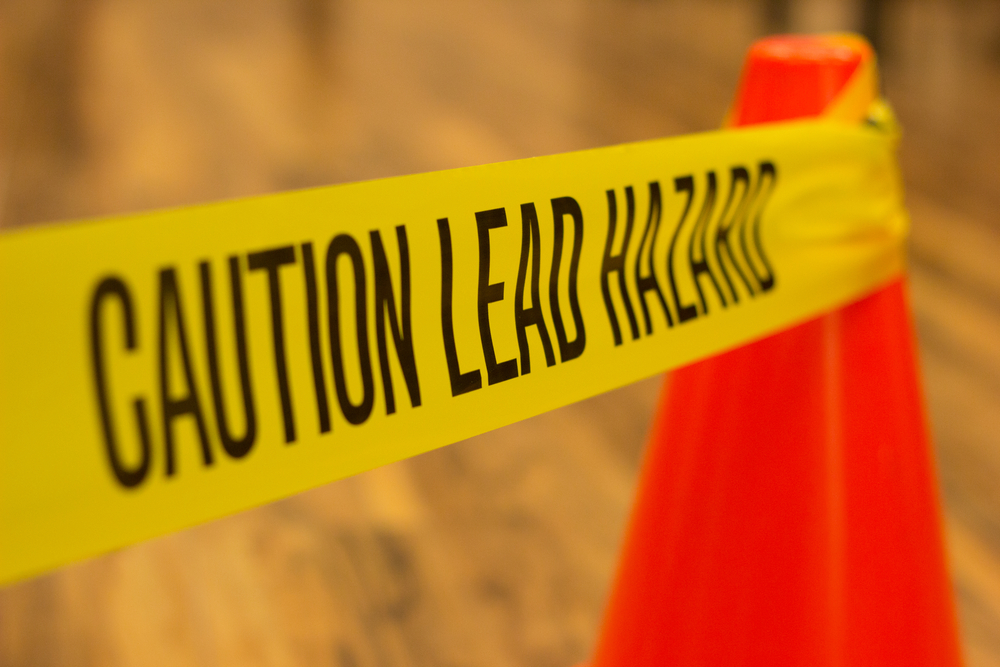The EPA recently released a new resource for federal, state, tribal, and local government enforcement practitioners to use during all stages of environmental enforcement and compliance monitoring activities designed to eliminate harmful exposures to lead paint in housing. The Environmental Justice Toolkit for Lead Paint Enforcement Programs is a compilation of best practices and supports commitments made in the EPA’s Lead Strategy, which seeks to reduce lead exposures locally, with a focus on underserved communities, and promote environmental justice through a whole of government approach.
“The science is clear, there is no safe level of exposure to lead, and health impacts from exposure to lead-based paint continue to be a significant problem in the United States, particularly in underserved and overburdened communities,” said Larry Starfield, the EPA’s principal deputy assistant administrator for enforcement and compliance assurance, in an Agency news release. “This Toolkit is an important new resource for enforcement personnel working with communities to reduce lead exposures.”
More than 31 million homes in the United States have lead paint somewhere in the building, according to the EPA. Of those homes, it’s estimated that more than 3 million have children less than 6 years of age facing one or more lead-based paint hazards, including over 2 million low-income households. Over 1 million children in the United States suffer from irreversible impacts from lead poisoning, including reduced intelligence and behavioral and learning disabilities, and new cases continue to be diagnosed every year. Adults with exposure to lead can develop symptoms such as high blood pressure, memory loss, and reduced motor skills.
The toolkit includes strategies for developing partnerships, conducting community engagement, and maintaining ongoing communication with the communities where enforcement activities are planned or ongoing. It provides methods for how to target inspections in overburdened communities and information and examples on remedies available that enhance environmental justice. Recent examples of lead paint enforcement actions that exemplify these strategies include:
- An administrative settlement agreement that includes $2 million of lead-based paint abatement work in lower-income properties located in Chicago and Chicago suburbs in communities with a higher incidence of childhood lead poisoning;
- A Richmond contractor sentenced to 1 year for federal lead paint law violations; and
- Lead paint abatement projects completed in Fort Worth, Texas, communities resulting from the EPA’s settlement with HGTV’s Texas Flip N Move.
The federal government’s authority to enforce actions related to lead is under the 1992 Residential Lead-based Paint Hazard Reduction Act, which added Title IV to the Toxic Substances Control Act (TSCA) to eliminate lead paint in most pre-1978 residences and child-occupied facilities. Congress recognized that communities of color and low-income communities are disproportionately affected by lead poisoning in TSCA under 42 U.S.C.A. Section 4851.
Pursuant to TSCA, the EPA enforces the following regulations:
- Renovation, Repair, and Painting (RRP) Rule (40 Code of Federal Regulations (CFR) Part 745 Subpart E) related to renovations to ensure certified, trained professionals follow lead-safe work practices;
- Lead Activities Rule (40 CFR Part 745 Subpart L) related to lead abatement, inspection, and risk assessment to ensure certification and training of those professions; and
- Lead Disclosure Rule (40 CFR Part 745 Subpart F), which requires the disclosure of known lead hazards in lease and sale transactions in residential property.
The EPA’s renovation program applies to all states, tribes, and territories not authorized by the Agency to operate the program themselves. As of June 2023, 15 states and 1 tribe are authorized to run and enforce their own RRP rule compliance program, and most states and several tribes are authorized to run and enforce their own Lead Activities Rule program in lieu of the federal program. The EPA and the Department of Housing and Urban Development (HUD) jointly enforce the Lead Disclosure Rule, which can’t be delegated to states, tribes, or territories.

